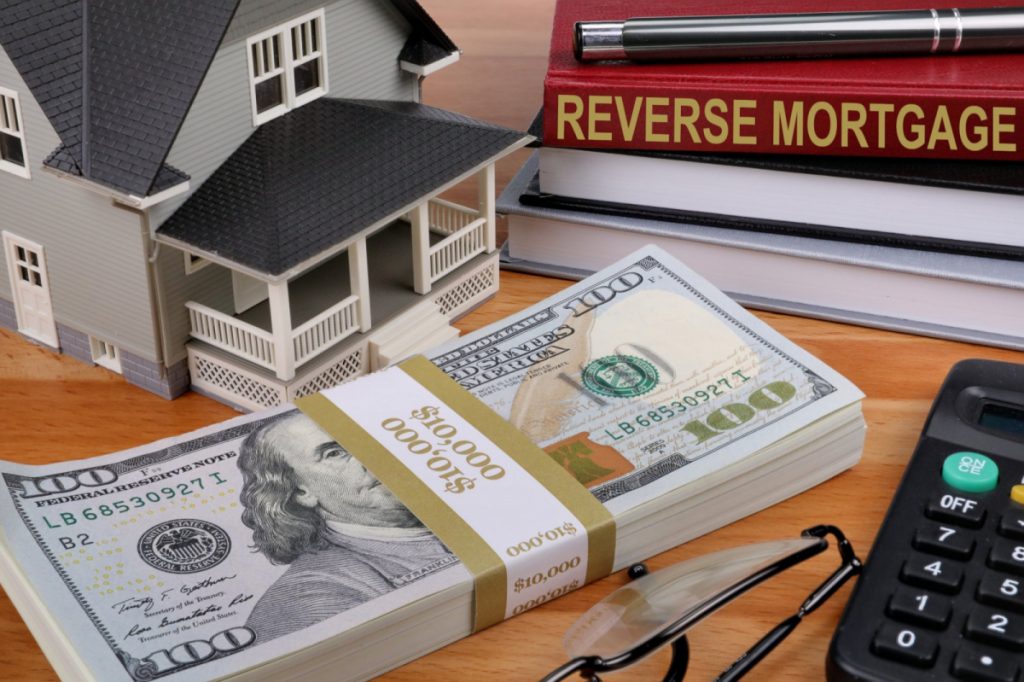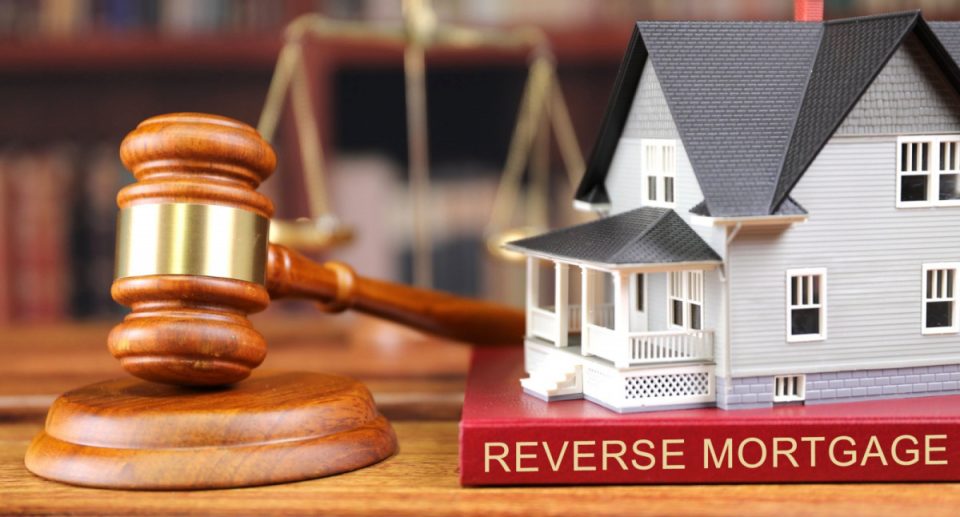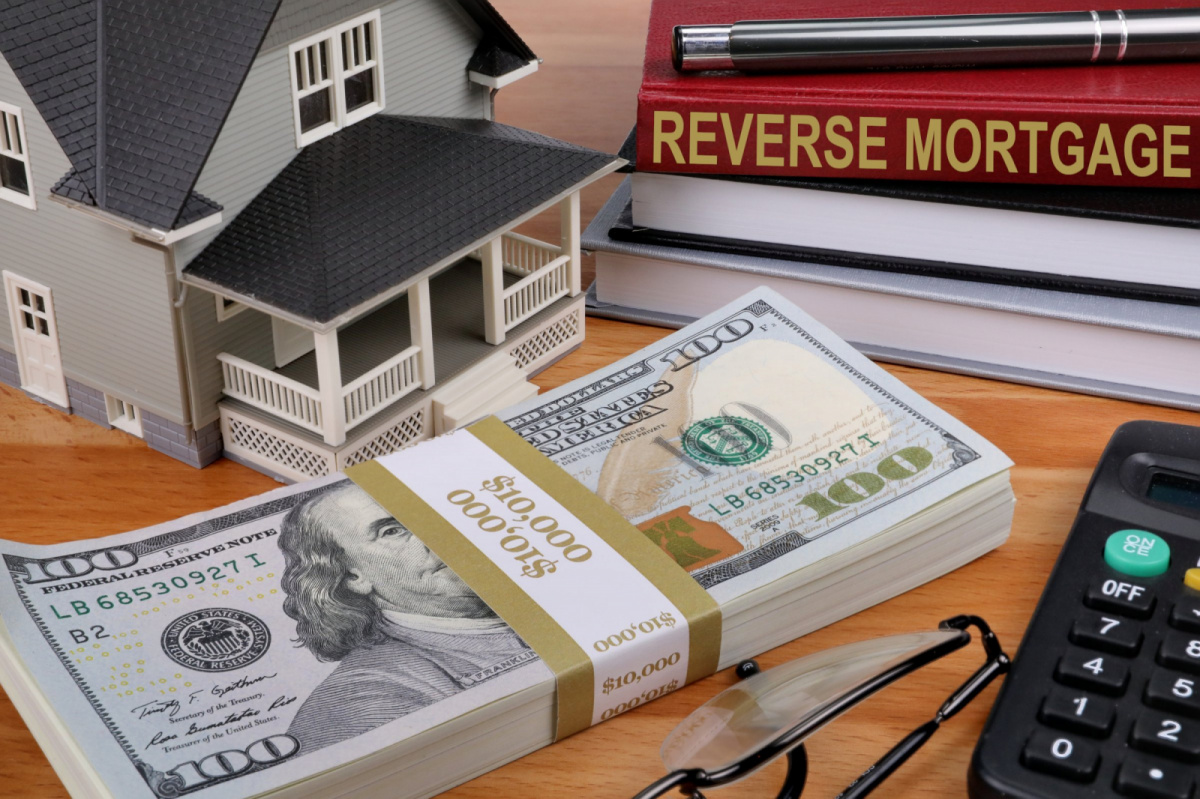What Should You Know About Hybrid Reverse Mortgage Interest Rates?

Reverse mortgages have become a popular financial tool for homeowners aged 62 and older, allowing them to convert home equity into cash without monthly mortgage payments. Among the different types of reverse mortgages available, hybrid reverse mortgages stand out due to their unique interest rate structures. Understanding hybrid reverse mortgage interest rates can help you make an informed decision about whether this option is right for you. In this blog post, we’ll delve into what hybrid reverse mortgage interest rates are, how they work, their advantages and disadvantages, and what you should consider before choosing this type of loan.
What is a Hybrid Reverse Mortgage?

A hybrid reverse mortgage combines elements of both fixed and adjustable interest rates. Unlike traditional reverse mortgages, which typically offer either a fixed or adjustable rate, hybrid reverse mortgages provide an initial fixed-rate period followed by an adjustable-rate period. This structure aims to offer the stability of a fixed rate and the potential benefits of an adjustable rate.
How Do Hybrid Reverse Mortgage Interest Rates Work?

- Initial Fixed-Rate Period: During the initial period, the interest rate on the loan is fixed. This period can range from a few years to a decade, depending on the loan terms. During this time, borrowers enjoy the predictability of a stable interest rate and fixed monthly payments.
- Subsequent Adjustable-Rate Period: After the initial fixed-rate period ends, the loan transitions to an adjustable rate. The adjustable rate is typically tied to a financial index, such as the LIBOR (London Interbank Offered Rate) or the U.S. Treasury rate, plus a margin determined by the lender. The interest rate can change periodically, usually annually, based on market conditions.
- Rate Adjustment Caps: Hybrid reverse mortgages often include rate adjustment caps to limit how much the interest rate can increase or decrease at each adjustment period and over the life of the loan. These caps provide some protection against significant rate fluctuations.
Advantages of Hybrid Reverse Mortgage Interest Rates
- Initial Rate Stability: The initial fixed-rate period provides borrowers with stability and predictability. This can be especially beneficial for budgeting and financial planning, as borrowers know exactly what their interest rate will be during this time.
- Potential for Lower Rates: Hybrid reverse mortgages may start with lower initial rates compared to fixed-rate reverse mortgages. Additionally, if market interest rates decrease during the adjustable-rate period, borrowers could benefit from lower payments.
- Flexibility: The combination of fixed and adjustable rates offers a balance between stability and flexibility. Borrowers can enjoy the security of a fixed rate initially and the potential advantages of an adjustable rate later on.
- Customization: Hybrid reverse mortgages can be customized to fit the borrower’s financial needs and goals. Lenders may offer different initial fixed-rate periods, allowing borrowers to choose the one that best suits their circumstances.
Disadvantages of Hybrid Reverse Mortgage Interest Rates
- Rate Increases: The primary risk of a hybrid reverse mortgage is the potential for interest rate increases during the adjustable rate period. If market rates rise significantly, borrowers could face higher loan balances and increased costs.
- Complexity: Hybrid reverse mortgages are more complex than traditional fixed or adjustable-rate reverse mortgages. Borrowers need to understand both the fixed and adjustable-rate components, as well as how rate adjustments are calculated.
- Uncertainty: The adjustable rate period introduces an element of uncertainty. While initial stability is provided, future rate changes can make long-term financial planning more challenging.
- Higher Initial Costs: Hybrid reverse mortgages may have higher initial costs compared to traditional reverse mortgages. These can include higher origination fees and closing costs due to the added complexity of the loan structure.
Considerations Before Choosing a Hybrid Reverse Mortgage

- Financial Goals and Needs: Consider your long-term financial goals and needs. If you prioritize stability and predictability, a hybrid reverse mortgage may offer the right balance. However, if you are more comfortable with potential rate fluctuations, a traditional adjustable-rate reverse mortgage might be suitable.
- Market Conditions: Analyze current and projected market conditions. If interest rates are expected to rise, the adjustable-rate period of a hybrid reverse mortgage could lead to higher costs. Conversely, if rates are expected to remain stable or decrease, the adjustable-rate period could be advantageous.
- Loan Terms and Caps: Pay close attention to the terms of the loan, especially the rate adjustment caps. Understanding the limits on rate changes can help you gauge the potential risks and benefits of the adjustable-rate period.
- Counseling and Advice: Seek advice from a HUD-approved reverse mortgage counselor. Counseling is required for all reverse mortgage applicants and can provide valuable insights into the complexities of hybrid reverse mortgages. Additionally, consulting with a financial advisor can help you determine if this type of loan aligns with your overall financial strategy.
- Comparison Shopping: Compare different hybrid reverse mortgage products from multiple lenders. Each lender may offer different initial fixed-rate periods, margins, and adjustment caps. Thorough comparison shopping can help you find the most favorable terms.
- Impact on Heirs and Estate: Consider the impact on your heirs and estate. A hybrid reverse mortgage will affect the equity left in your home, which may be important if you plan to leave the property to your heirs.
Case Study: Understanding Hybrid Reverse Mortgage Interest Rates in Action

To illustrate how hybrid reverse mortgage interest rates work, let’s consider a hypothetical case study:
Scenario:
Luke and Beth, both 65, own a home valued at $400,000. They decide to take out a hybrid reverse mortgage to supplement their retirement income. The loan offers a 7-year initial fixed-rate period at 4.5%, followed by an adjustable rate tied to the LIBOR index plus a 2% margin.
Initial Fixed-Rate Period:
For the first seven years, Luke and Beth enjoyed the stability of a 4.5% interest rate. They use the funds to cover medical expenses and home improvements, knowing their loan balance will grow predictably.
Adjustable-Rate Period:
After seven years, the loan transitions to an adjustable rate. Suppose the LIBOR index is at 1.5% at the time of adjustment. The new interest rate becomes 3.5% (1.5% + 2% margin). This lower rate benefits John and Mary, reducing their loan balance growth.
Future Adjustments:
If the LIBOR index increases to 3% in subsequent years, their interest rate adjusts to 5% (3% + 2% margin), increasing their loan balance growth rate. However, with rate adjustment caps in place, the maximum rate increase per adjustment period and over the loan’s life is limited, providing some protection against significant rate hikes.
Conclusion

Understanding hybrid reverse mortgage interest rates is crucial for homeowners considering this financial product. While hybrid reverse mortgages offer a balance of stability and flexibility, they also come with potential risks and complexities. By carefully evaluating your financial goals, market conditions, and loan terms, and seeking professional advice, you can determine if a hybrid reverse mortgage is the right choice for you. Whether you prioritize initial rate stability or potential long-term benefits, making an informed decision will help you navigate the complexities of hybrid reverse mortgages and enhance your financial well-being in retirement.





